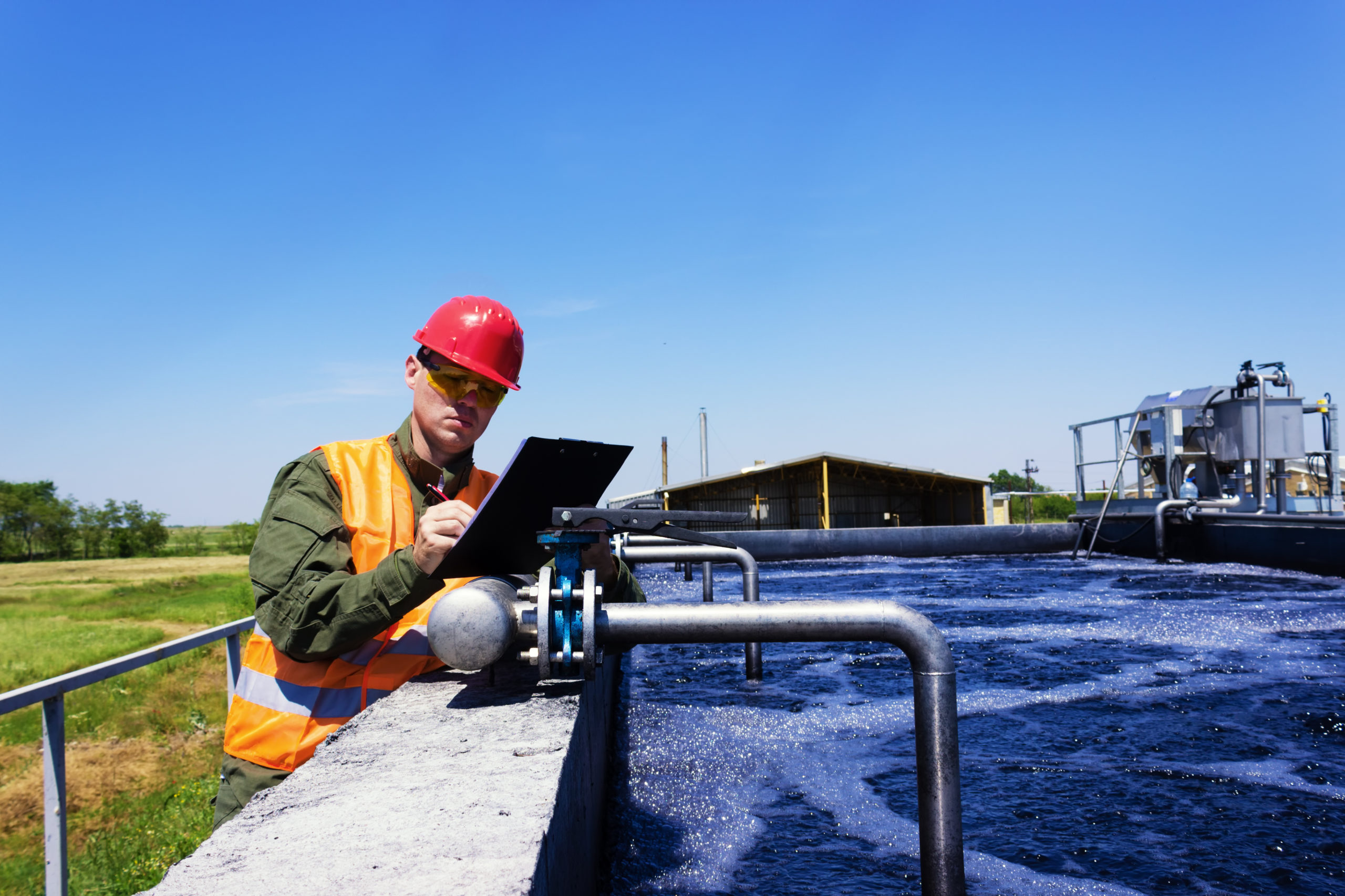As the government lifts months-long quarantine restrictions, millions of Canadians are returning to their workplaces and offices, and beginning to establish some sort of normalcy. This is obvious in the shops, cafes, and restaurants that are starting to open their doors to the public.
But what isn’t as obvious is what’s happening behind the scenes: a number of workers are returning to their jobs in the water utilities industry—workers, who according to Public Safety Canada, provide services “considered essential to preserving life, health, and basic societal functioning.”
Water workers are silent, unsung heroes, providing safe drinking water to Canadians as well as maintaining essential wastewater operations during a battle with an invisible enemy.
During the pandemic, water and wastewater utilities across the country were challenged with providing uninterrupted clean water, while making modifications to staffing and operations to protect the health of these important workers. Despite all the challenges and pressures, water and wastewater utilities were successful in maintaining a reliable source of clean water for families and communities across the country.
While the curve has flattened for now, it is even more imperative to protect water workers so municipalities and utilities can continue to help fight the deadly virus.
These workers are returning to plants and workspaces different from when they left them. The biggest difference is the physical distancing of two meters that is needed to prevent the spread of the virus between coworkers. In an industry where working in confined spaces or travelling together in vehicles is normal, this could be a real challenge. The good news is that with a team that is on board, it is more than possible. Here are some physical distancing tips to help with this transition and keep your team safe and healthy.
Consider high-risk areas
The staff eating area is a place where workers would normally congregate at the normal lunch time of around noon. But to reduce the amount of traffic, coordinate with your team to plan lunch breaks and other work intermissions so that social distancing is possible. Consider limiting one person per table and rearrange tables so that they two metres apart.
Stagger shifts
Like lunch breaks, consider staggering shifts to reduce the number of people working at one time.
Place markers around your workplace
To remind workers of the social distancing rule, place markers on the plant and office floors or walls showing workers how far apart they need to be.
Zone your workplace
Zoning areas of your plant and office as essential to some and non-essential to others will reduce the amount of traffic and contact between workers.
Limit number of workers
Where possible, limit the number of workers who need to perform jobs and repairs in confined spaces like tunnels and tanks. When remote worker safety is a concern, consider a remote monitoring system that allows them to check in with a monitor as well as detects any impact or falls. Likewise, try to limit the number of workers in vehicles. If this isn’t possible, make sure they are wearing protective masks.
Provide more entrances and exits
To spread out the flow of your workers and decrease their contact with each other, consider opening up more entrances and exits at your facility.
Provide visual reminders
These can be as simple as posters around the office and plant that remind your team to maintain the two-meter distance between their coworkers. This is not normal behaviour so simple reminders can go a long way.
Assign specific equipment
Whether your team members are using tools, personal protective equipment and/or office supplies, team members should be clear on what equipment they are allowed to use. This reduces the possibility of the virus being passed from person to person. Of course, make sure this equipment is cleaned and sanitized after every use.
Prohibit outside visitors
It would be wise to not allow any outside visitors on your site who could possibly contaminate your team with the virus. If you do allow external visitors, implement a contact tracing or screening system like mandatory temperature checks.
Promote teleconferencing
There is an abundance of free teleconferencing tools available on smartphones so that workers can communicate and meet without being in the same space together. Good options include Gmail Chat and Meet, Skype, or Facetime.
Employ a contact tracing system
If a team member does unfortunately contract COVID-19, you must be able to track any contact that he or her made with other staff, hopefully preventing further spread of the virus. This can be done manually or can be done through an automated system.
Promote interaction
These new social distancing practices may have a negative effect on the mental health of your team. To combat this, facilitate casual online team meetings or events. Also, a healthy body is a healthy mind, so encourage your workers to go for a walk or even run on their breaks.
Greet coworkers differently
Remind coworkers that they are not to make any physical contact when greeting each other. This includes, shaking hands, and pats on the back—behaviours that are very natural and were customary before the pandemic.
Plan and communicate
As mentioned above, social distancing requires your workers to behave, collaborate and work in ways that do not feel normal. In order to incorporate physical distancing at work, you need to create a plan and communicate this plan to your team, making the reasons and benefits clear to those it is impacting.
Rethink roles
If some of your team members perform similar tasks and work, consider assigning separate tasks to individual workers, reducing the likelihood of more than one worker being present at a particular site.
Online resources
Click here to view an updated list of helpful COVID-19-related resources for water utility managers from the Canadian Water Network.
Gen Handley is a marketing and growth coordinator at Tsunami Solutions Ltd.









